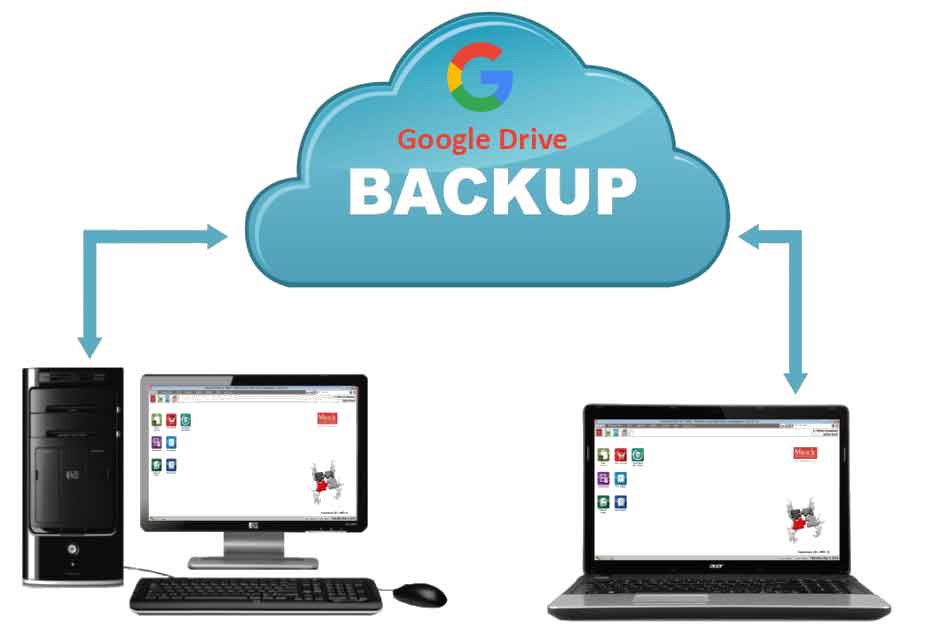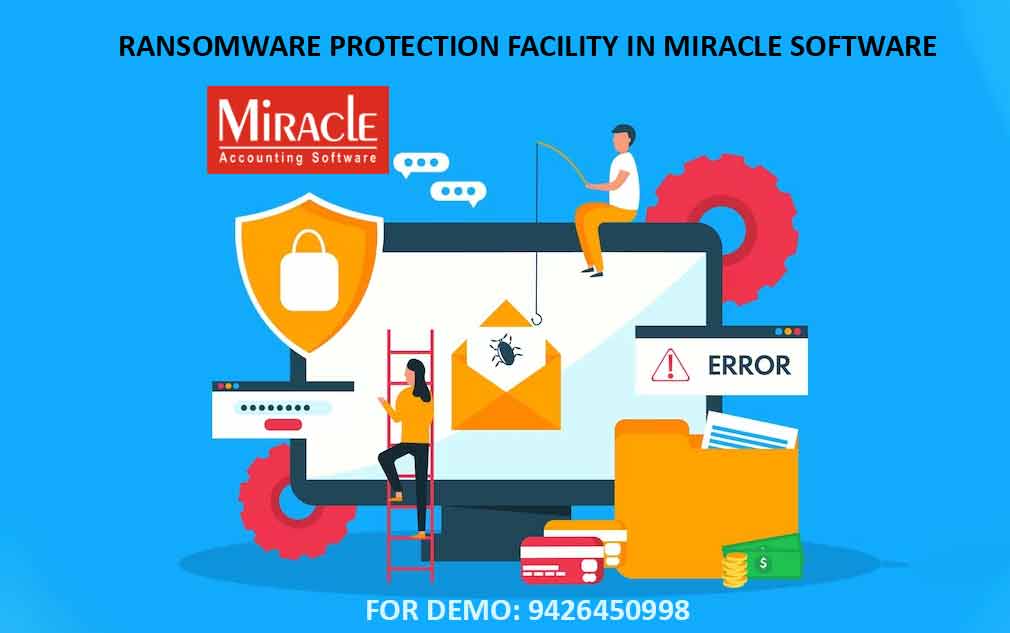Ransomware is a type of malicious software (malware) designed to block access to a computer system until a ransom is paid. It typically does this by encrypting the user’s data, making it impossible to access without a key. The ransom typically comes in the form of a demand for payment in exchange for the key needed to unlock the system. Ransomware works by encrypting files on the victim’s computer system, making them inaccessible. The attacker then demands payment to decrypt the files. In some cases, the attacker will also threaten to delete or publish the data if the ransom is not paid.
The most common way for ransomware to be spread is by phishing emails that contain links or attachments that, once clicked, will download the malicious software onto the victim’s computer. There are also instances where ransomware is spread through malicious websites or by malicious advertisements. Ransomware is a serious threat to businesses and individuals alike, as it can cause a lot of damage, from loss of important data to financial loss due to ransom demands.
It is important to be aware of the risks associated with ransomware and to take steps to protect your computer and data. This includes keeping your operating system and software up to date, using a reputable antivirus and antimalware program, and avoiding links or attachments from unknown sources.
Ransomware can be spread through malicious emails, websites, or even malicious software downloads. It is often difficult to detect because it can hide in legitimate software or arrive as an attachment in an email or file transfer. Once the malicious software is inside the system, the ransomware begins its encryption process, which can be difficult to reverse without the help of a professional.
Ransomware is becoming increasingly more sophisticated and can be used to target both individuals and businesses. Businesses can be especially vulnerable to ransomware attacks, as they often have large amounts of sensitive data stored on their computers. While individuals may be able to pay a small ransom in exchange for unlocking their computers, businesses may be asked to pay much larger amounts.
The best way to protect yourself from ransomware is to be aware and cautious. Make sure to keep your computer’s security software up to date, only download software from trusted sites and links.
Who Is At Risk?
Ransomware is a type of malicious software (malware) that infects computers and can deny users access to their own data until a ransom is paid. It is a serious cybercrime threat that has grown significantly over the last few years. Unfortunately, anyone can be a victim of ransomware, but there are certain groups that are more at risk than others.
First, small businesses are particularly vulnerable to ransomware attacks. They often lack the resources and expertise to protect their systems, making them an easy target for cybercriminals. Additionally, small businesses generally don’t have the same level of resources as larger companies when it comes to recovering from an attack, making them more likely to pay the ransom in order to regain access to their data.
If a device connects to the internet, it should be updated with the latest software security patches, and it should have anti-malware installed that detects and stops ransomware. Outdated operating systems such as Windows XP that are no longer maintained are at a much higher risk.
Individuals are also at risk of ransomware attacks, especially those who use older operating systems or devices that are no longer supported. Additionally, individuals who use the same username and password for multiple accounts are more at risk, as it makes it easier for attackers to gain access to multiple systems.
Finally, healthcare organizations are particularly vulnerable to ransomware attacks. These organizations often have sensitive patient information that attackers can use to blackmail them. Additionally, healthcare organizations often have outdated systems that are more vulnerable to attack.
In short, ransomware affects everyone, but certain groups are at higher risk than others. It is important for individuals, businesses, and organizations to take steps to protect themselves from ransomware attacks, such as regularly updating their systems, using strong passwords, and being aware of phishing scams.
The Business Impact Of Ransomware
Ransomware has become one of the most damaging cyber threats facing businesses today. It is a form of malicious software that encrypts data and systems, rendering them unusable until a ransom is paid. Unfortunately, ransomware attacks are on the rise, making it critical for businesses to understand the potential impact of this threat.
The financial impact of ransomware is significant. Ransom payments can range from a few hundred dollars to several thousand dollars, depending on the size and complexity of the attack. In some cases, businesses may have no choice but to pay a ransom in order to recover their data and systems. The cost of the ransom, however, is only the beginning. Businesses may incur additional costs associated with recovery and remediation, such as lost productivity, system downtime, and damage to their reputation. In addition to financial losses, ransomware can also have a devastating effect on a business’s operations.
System downtime can prevent customers from accessing products or services, resulting in lost sales and customer dissatisfaction. Downtime can also disrupt internal operations, leading to delays in the production or delivery of goods and services.
Ransomware can also cause significant damage to a business’s reputation. Even if a business is able to successfully recover from a ransomware attack, the attack may still cause reputational harm. Customers may lose trust in the business, leading to decreased sales and customer loyalty. Finally, ransomware can have a long-term impact on a business’s financial health.
A successful attack can put a business in a vulnerable financial position, making it difficult to invest in new products or services. It can also prevent businesses from accessing credit, making it difficult to finance operations or grow. Ransomware is a serious threat to businesses of all sizes.
The potential impact of a successful attack can be devastating, making it critical for businesses to take steps to protect themselves. Businesses should invest in robust cybersecurity measures and develop an incident response plan to reduce the risk of a successful attack.
Why You Shouldn’t Pay Ransomware?
In the cyber security world, ransomware is one of the biggest threats that businesses and individuals face. Ransomware is malicious software that encrypts your data and then demands a ransom in order for you to regain access to it. While it may seem like paying the ransom is the only way to get your data back, it’s actually a terrible idea that could cause more harm than good.
First, paying the ransom doesn’t guarantee that you’ll get your data back. There are countless instances of people paying the ransom and not getting their data back. Not only do they lose the money they paid, but they also lose their data.
Second, paying the ransom only encourages cybercriminals to continue their activities. Cybercriminals rely on people paying the ransom in order to make money. Every time someone pays the ransom, it reinforces the idea that ransomware is profitable and worth the effort.
Finally, paying the ransom could put you at risk of further cyberattacks. Cybercriminals are known for targeting the same victims multiple times. Once you’ve paid the ransom, it’s likely that the cybercriminals will have your financial information and other personal data. They could use this information to mount another attack on you in the future.
Instead of paying the ransom, you should invest in a robust cyber security solution that includes a backup and recovery plan. This will ensure that you have a way to quickly restore your data in the event of a ransomware attack. It’s also important to stay up-to-date on the latest cybersecurity news and trends. This will help you stay one step ahead of cybercriminals and ensure that your data remains safe and secure.
How to Remove Ransomware?
Removing ransomware from your computer can be a tricky and time-consuming process, but it is possible. Here are some steps you can take to protect yourself from ransomware and remove it from your computer.
1. Disconnect from the Internet: Unplug your computer from the internet as soon as you realize you’ve been infected with ransomware. This will prevent the ransomware from encrypting any more of your files or spreading to other computers in your network.
2. Back up your files: If you haven’t already, back up all of your important files so that you can restore them if needed. This is especially important if you’ve been infected with ransomware.
3. Run a scan: Use your antivirus program to scan your computer for any malicious programs or files. If the scan finds any, delete them immediately.
4. Restore your files: Restore your files from a recent backup. If you don’t have a backup, you may be able to use a data recovery tool to recover some of your lost files.
5. Change your passwords: If the ransomware was able to access your passwords, change them immediately. Make sure to use strong and unique passwords for each of your accounts.
6. Stay vigilant: Once the ransomware has been removed, it’s important to stay vigilant and take steps to protect yourself against future attacks. Keep your antivirus program up to date and be wary of suspicious emails or websites.
Removing ransomware from your computer can be a difficult and time-consuming process. However, it’s important to take the necessary steps to protect yourself and remove the ransomware from your system. By following the steps outlined above, you can help ensure that your computer remains safe from ransomware in the future.

How does Miracle Software Help You from Ransomware Attacks?
It can be hard for companies to maintain their financial records and data and prevent Ransomware. Cyber Criminal activities have increased over recent years and can directly after that the safety of company information. This is why setting up an online backup like Google Drive Backup and day-to-day backup becomes important to prevent ransomware attacks from the very beginning.
You should choose Miracle accounting software which provides security against ransomware!
- Direct Google Drive Backup – Never Lose A File Again—Back Up Your Google Drive On The Go With Miracle Accounting Software.
- Direct Email For Backup
- Save Backup In Default Or Customize Backup Path
- Daywise Backup (Monday To Sunday)
- Monthwise Backup (Datewise From 1 To 30)
- Financial Yearwise Backup
- Auto backup On Exit From Software
Miracle knows the importance of data backup for your company’s data and safeguards your business operations and continuity
here is the live demo of how miracle software helps a client’s data recovery from a ransomware attack





